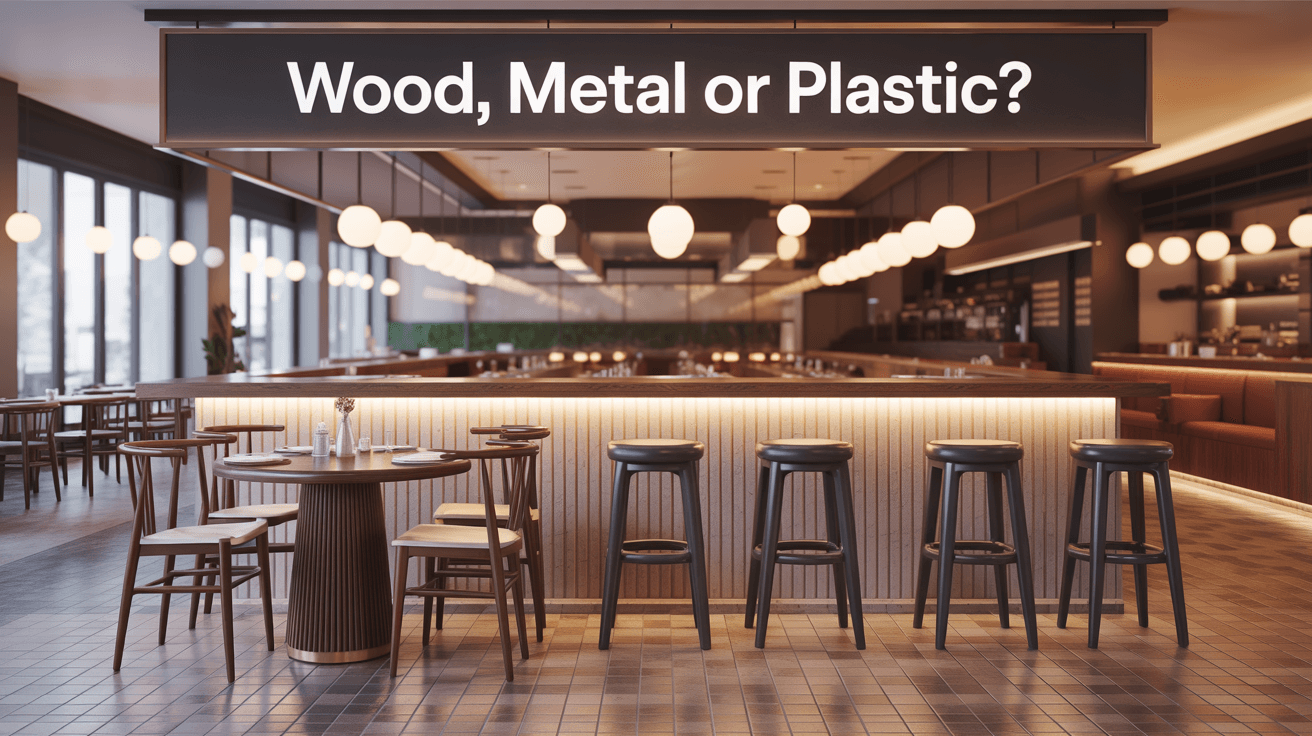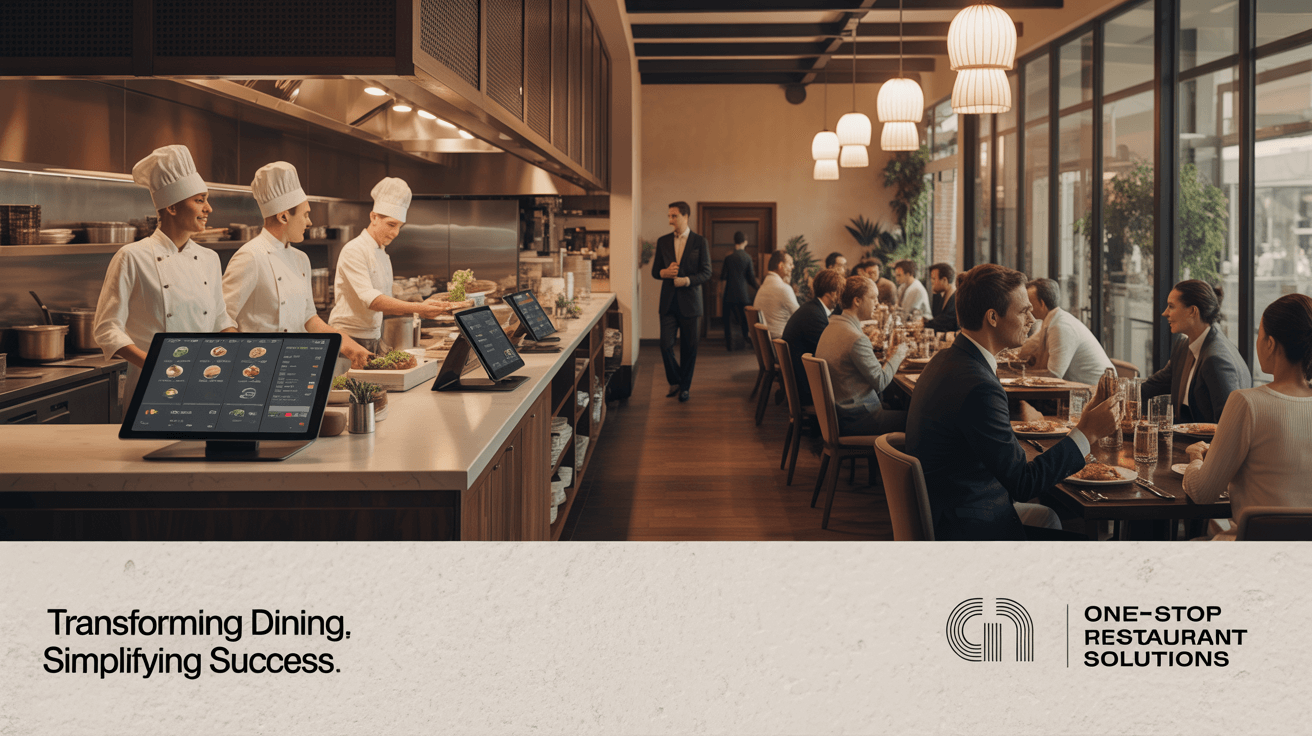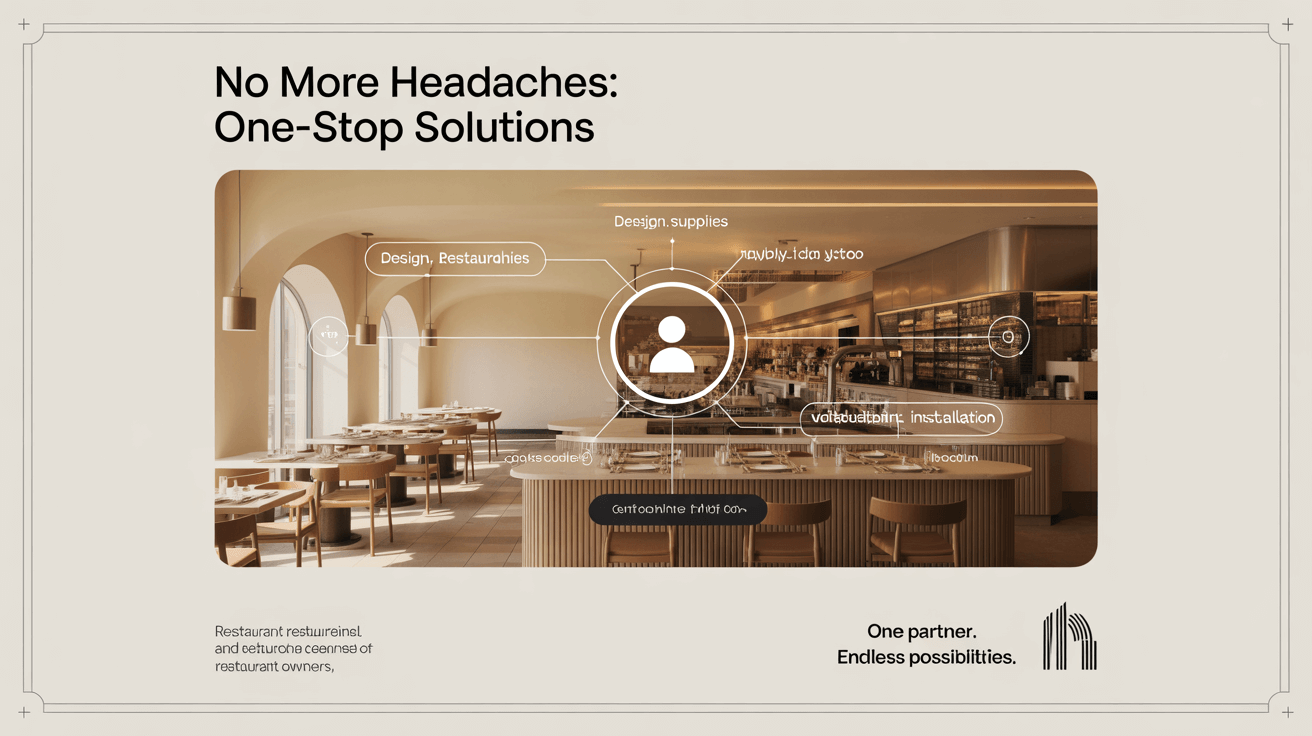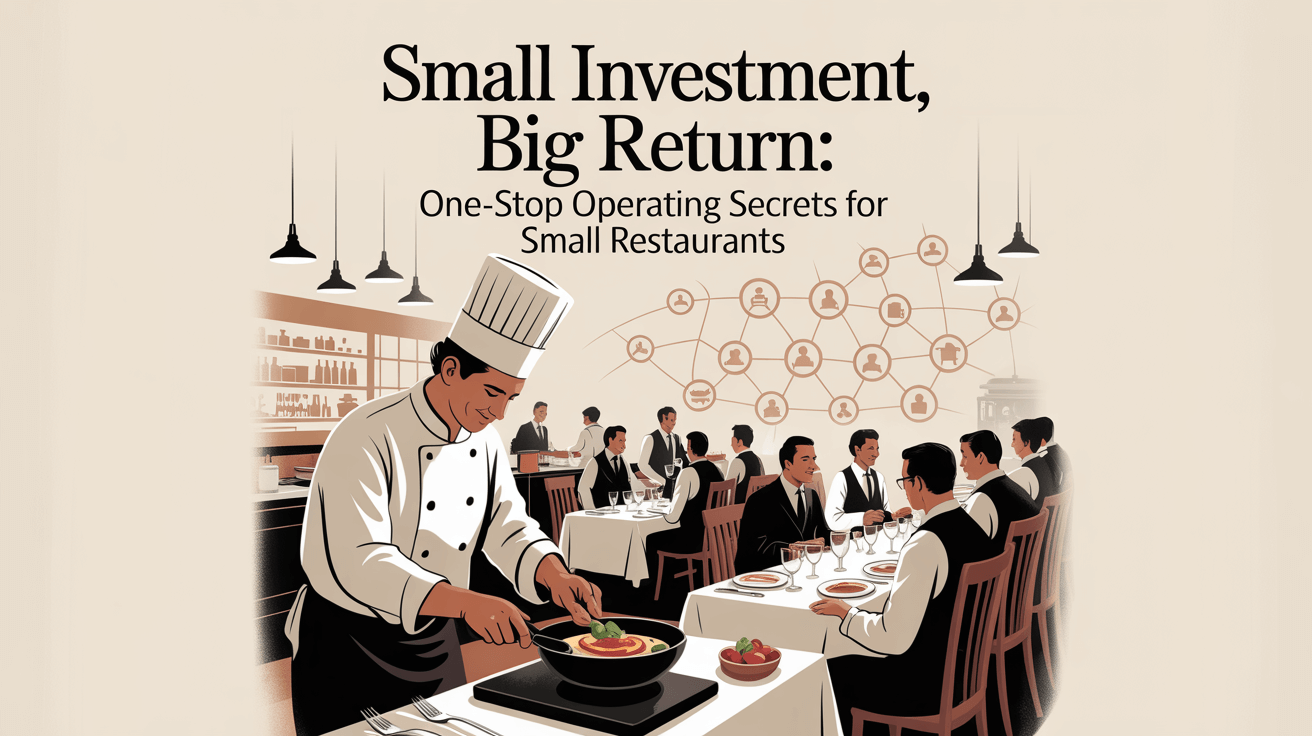Wood, Metal or Plastic? How to Pick the Right Material for Restaurant Furniture helps you weigh options—durability, style, cost—so you choose fixtures that fit your concept and budget. But here’s the kicker… material choice shapes both guest comfort and your bottom line.
1. Consider Traffic and Use
● High-traffic zones demand rugged surfaces
● Booths vs. bar stools face different wear
● Indoor areas tolerate delicate finishes
● Outdoor spaces need weatherproof builds
Ready for the good part? matching use to material prevents early replacement.
| Zone Type | Material Suitability | Key Benefit |
|---|---|---|
| Dining Floor | Wood or Metal | Warmth or strength |
| Patio | Plastic or Metal | Weather resistance |
2. Benefits of Wood
● Offers natural warmth and texture
● Easy to refinish and repair scratches
● Supports premium brand perception
● Varies from rustic to polished looks
What’s the real story? wood ages gracefully with care.
3. Benefits of Metal
● Exceptional load capacity and longevity
● Sleek industrial or modern aesthetic
● Powder-coat options resist corrosion
● Fireproof and easy to sanitize
This is where it gets interesting… metal frames anchor bold designs.
4. Benefits of Plastic
● Lightweight and low-cost production
● Molded shapes for ergonomic comfort
● UV-stable composites for outdoor use
● Ease of cleaning and stain resistance
But here’s the kicker… premium plastics mimic high-end looks.
| Plastic Type | Durability Rating | Best Use |
|---|---|---|
| HDPE | High | Patio benches |
| Polypropylene | Medium | Stackable chairs |
5. Compare Durability
● Wood may dent but can be sanded smooth
● Metal resists impact but may scratch paint
● Plastic endures spills but can fade in sun
● Composite blends merge pros of each
Ready for the good part? durability guides material choice.
6. Maintenance Needs
● Wood needs periodic sealing or oiling
● Metal frames require rust checks and paint touch-ups
● Plastic often needs simple soap and water
● Composite materials may combine care routines
What’s the real story? maintenance frequency affects labor costs.
7. Budget Considerations
● Wood ranges from modest to luxury pricing
● Metal initial cost higher but lower lifecycle cost
● Plastic offers lowest upfront investment
● Blends or composites fall in between
This is where it gets interesting… lifecycle cost often beats sticker price.
| Material | Approx. Cost/Unit | Lifecycle Cost |
|---|---|---|
| Wood | $200–$800 | Medium |
| Metal | $300–$900 | Low |
| Plastic | $50–$200 | High |
8. Style and Aesthetic Fit
● Wood suits traditional and upscale themes
● Metal enhances modern and industrial looks
● Plastic fits casual, quick-serve concepts
● Mix-and-match materials add layered interest
But here’s the kicker… material aligns with your brand story.
9. Environmental Impact
● Sustainably sourced wood supports forests
● Recycled metal cuts mining waste
● Plastic recyclates reduce landfill load
● Certifications (FSC, SCS) verify claims
Ready for the good part? eco-choices attract conscious diners.
10. Comfort and Ergonomics
● Wood seating allows cushion integration
● Metal frames pair with engineered foam
● Plastic molds to ergonomic shapes
● Hybrid options combine support and softness
This is where it gets interesting… comfort drives repeat visits.
| Material | Comfort Level | Typical Use |
|---|---|---|
| Wood + Cushion | High | Booths |
| Metal + Foam | Medium | Bar stools |
| Plastic Mold | Medium | Casual seats |
11. Outdoor vs Indoor Use
● Wood needs sealants and weather-proof finishes
● Metal must use marine-grade coatings outdoors
● Plastic excels under sun and rain
● Composite solves indoor/outdoor crossover
What’s the real story? location dictates material treatment.
12. Customization Options
● Wood veneers, stains, and inlays
● Powder-coat colors and textures on metal
● Custom molds and colors for plastics
● Mixed-material accents for unique flair
But here’s the kicker… customization elevates perceived value.
| Material | Custom Options | Lead Time |
|---|---|---|
| Wood | Stains, carving | 4–6 weeks |
| Metal | Colors, finishes | 3–5 weeks |
| Plastic | Molding, hues | 2–4 weeks |
13. Supplier Availability
● Wood workshops may have longer lead time.
● Metal fabricators vary by capacity and location
● Plastic producers often offer stock items
● Local vs. overseas sourcing affects delivery
Ready for the good part? reliable supply ensures project timelines.
14. Lifecycle Cost Analysis
● Calculate purchase, maintenance, and replacement expenses
● Metal often yields lowest total cost per year
● Wood requires moderate upkeep investment
● Plastic may need earlier replacement cycles
This is where it gets interesting… true cost spans decades, not days.
| Material | Yearly Cost/Seat | Replacement Cycle |
|---|---|---|
| Wood | $30 | 5–7 years |
| Metal | $25 | 7–10 years |
| Plastic | $40 | 3–5 years |
15. Final Selection Tips
● Match material to use case and style
● Factor in total lifecycle cost
● Vet suppliers for quality and lead times
● Balance eco-credentials with budget
What’s the real story? informed choices yield lasting value.
Conclusion
Choosing between wood, metal, and plastic hinges on traffic demands, brand fit, and lifecycle costs. Apply this guide to select materials that blend durability, style, and budget for a winning restaurant interior.
FAQ
Q1: Which material lasts longest outdoors?
Plastic composites typically outlast wood and metal in harsh weather.
Q2: Is wood seating hard to maintain?
Proper sealants make wood manageable with biannual care.
Q3: Can metal chairs become uncomfortable?
Pair metal frames with quality foam or molded seats for comfort.
Q4: Are plastic chairs eco-friendly?
Look for recycled-content plastics and take-back programs.
Q5: How do I test material samples?
Order small sample sets and place them in typical service zones.






